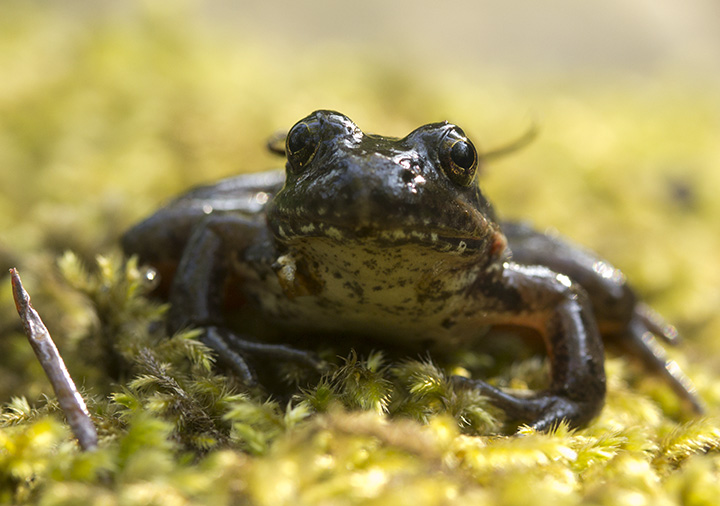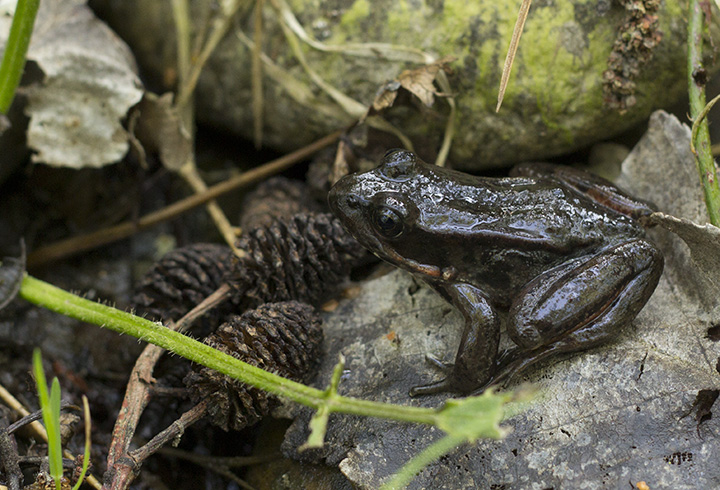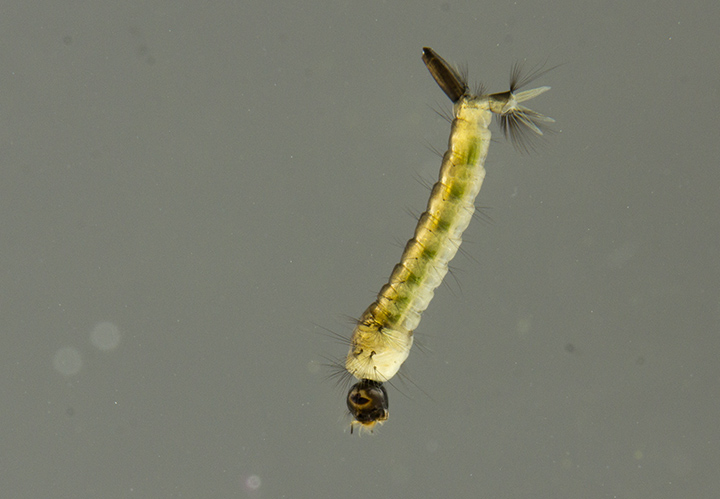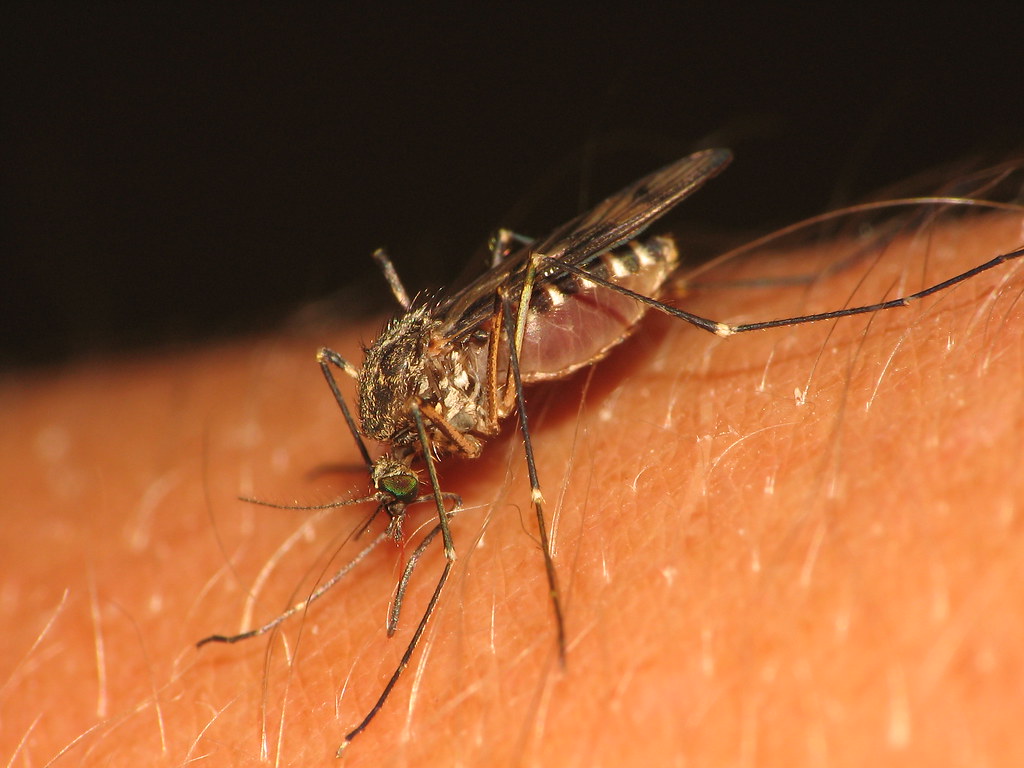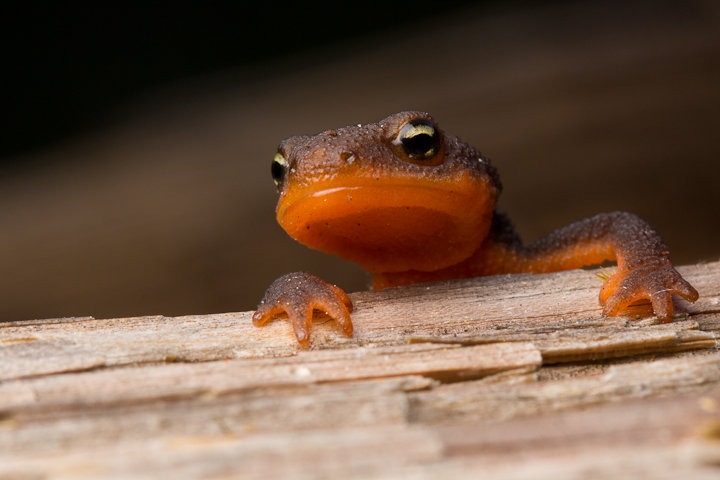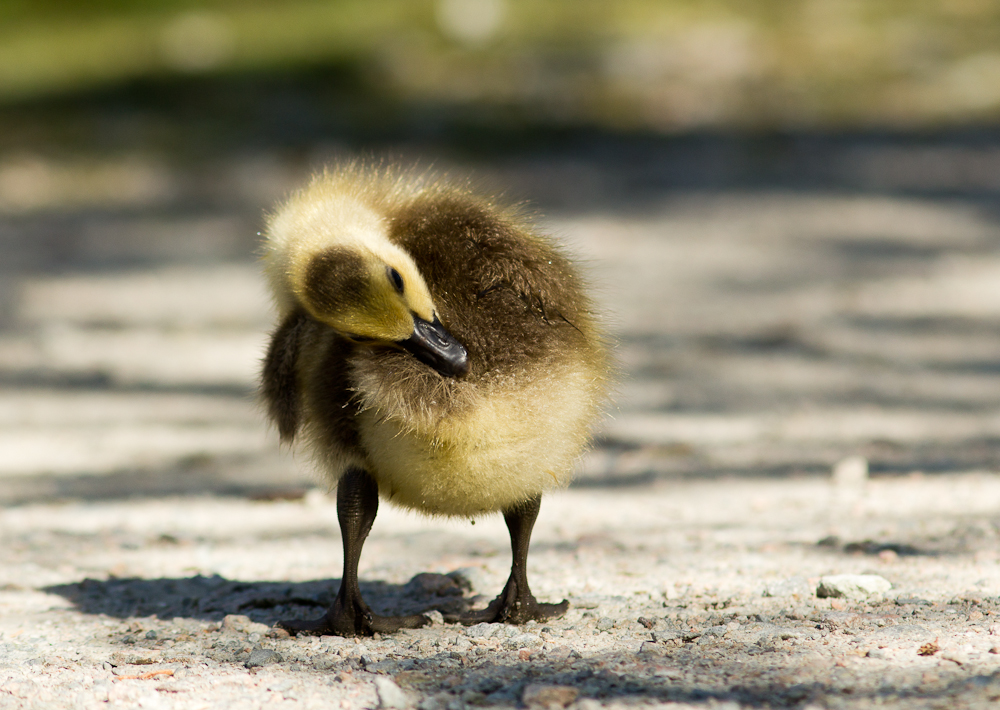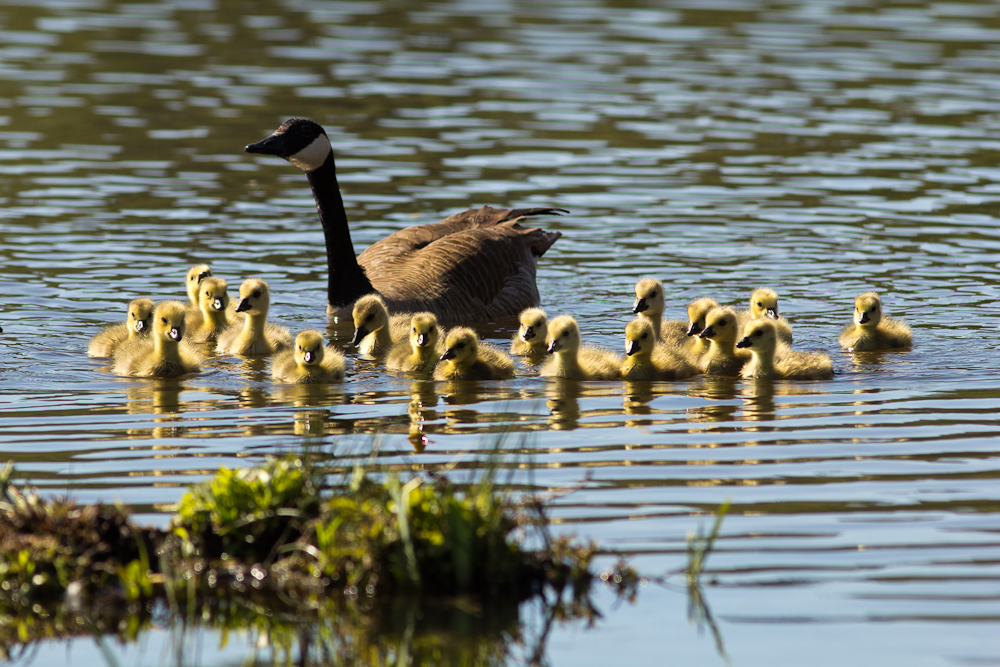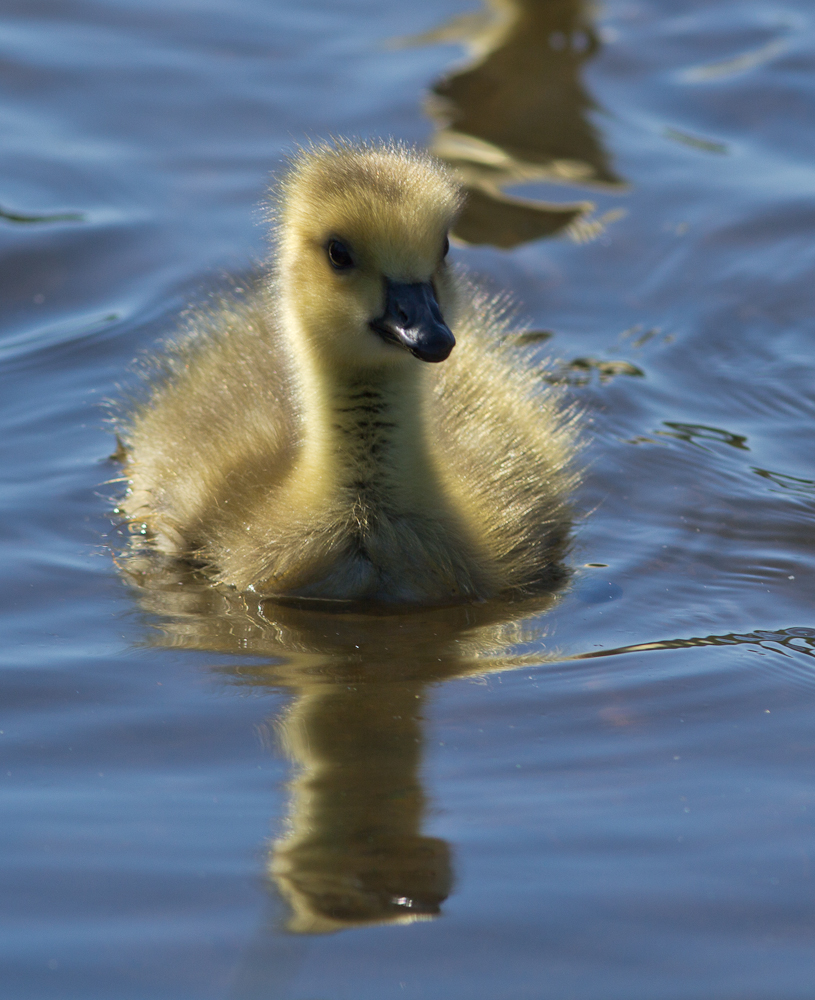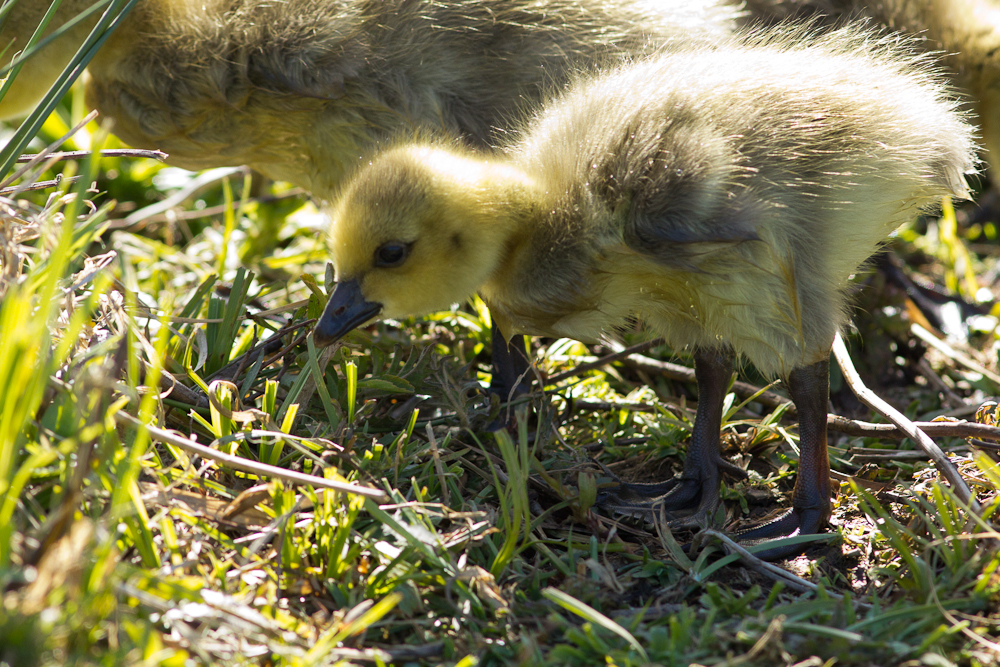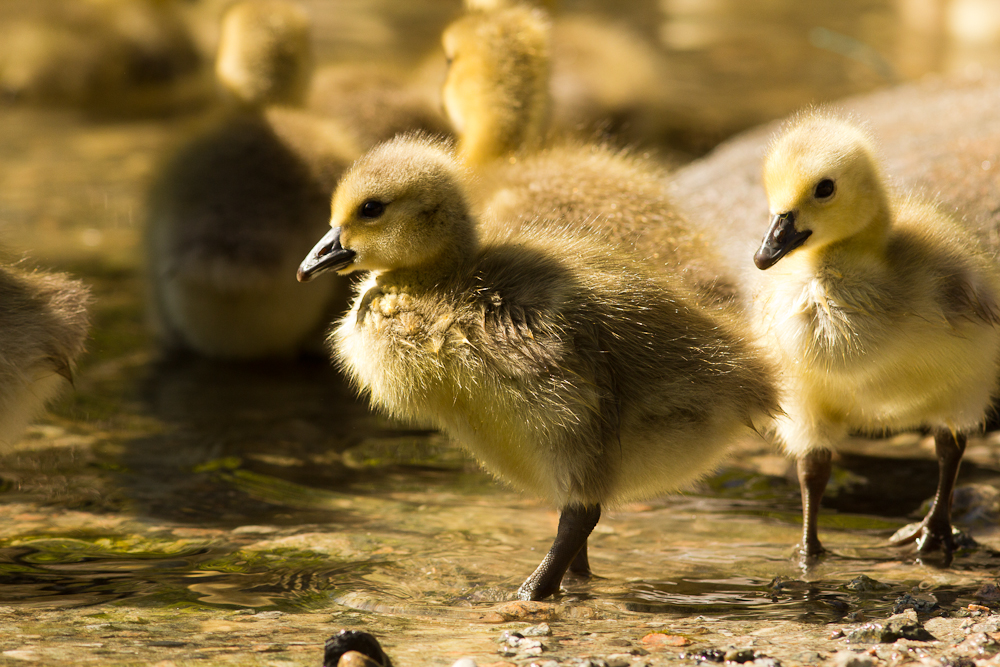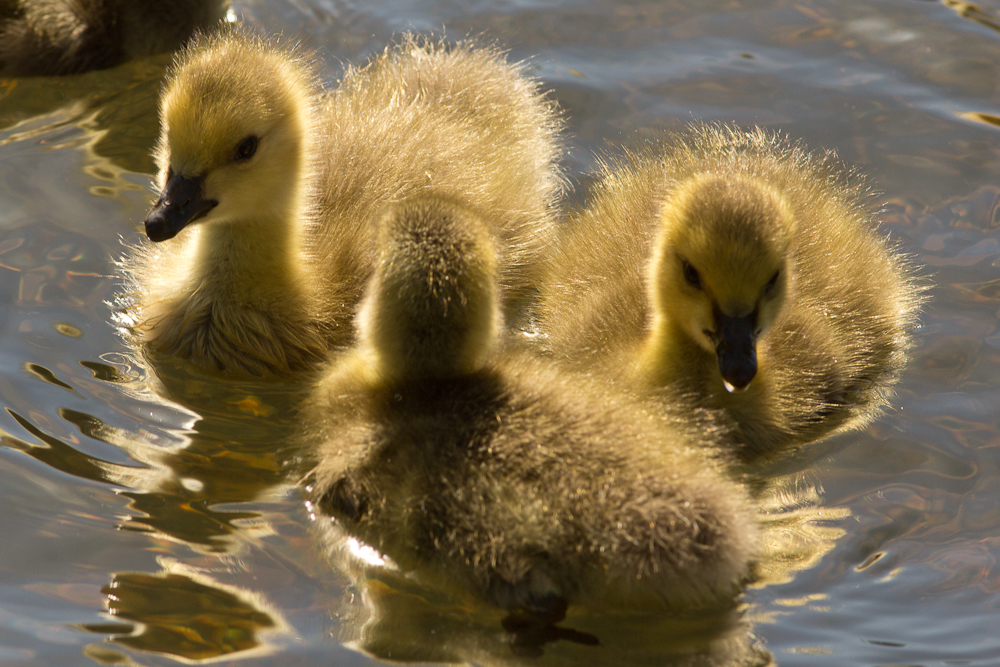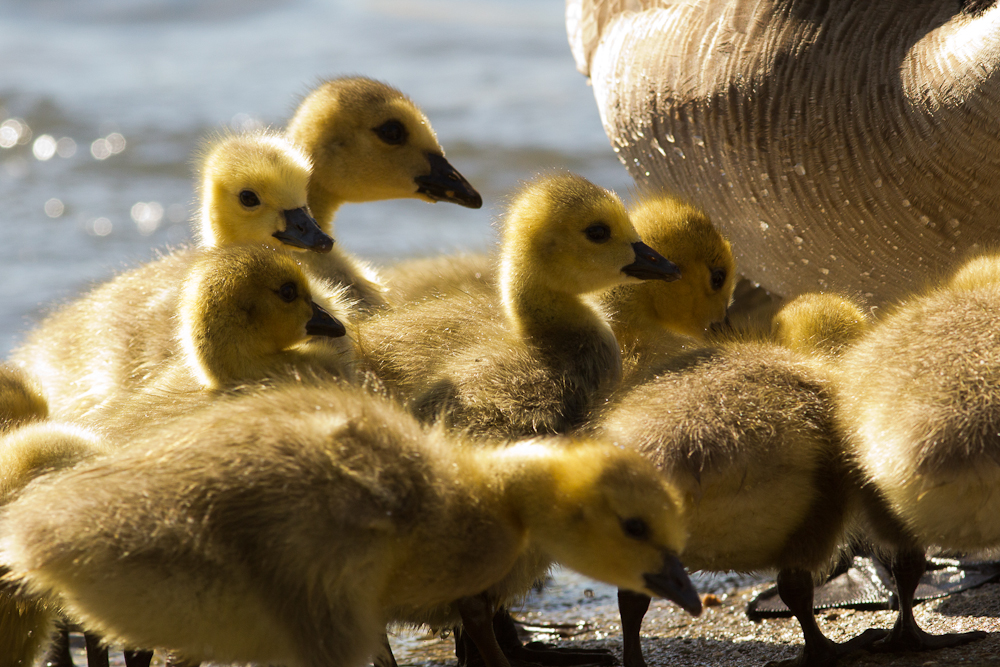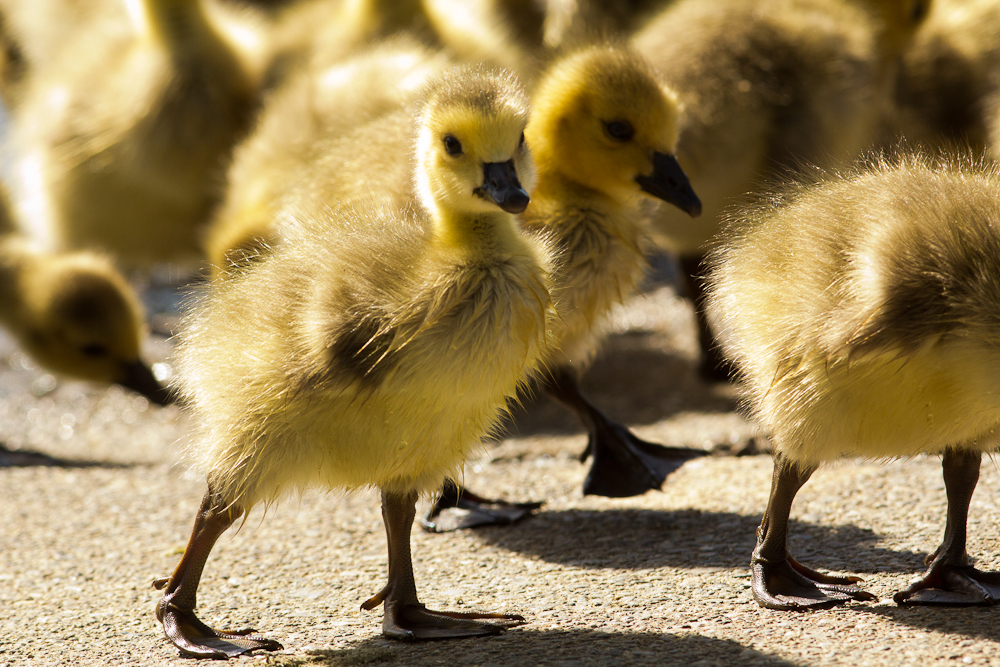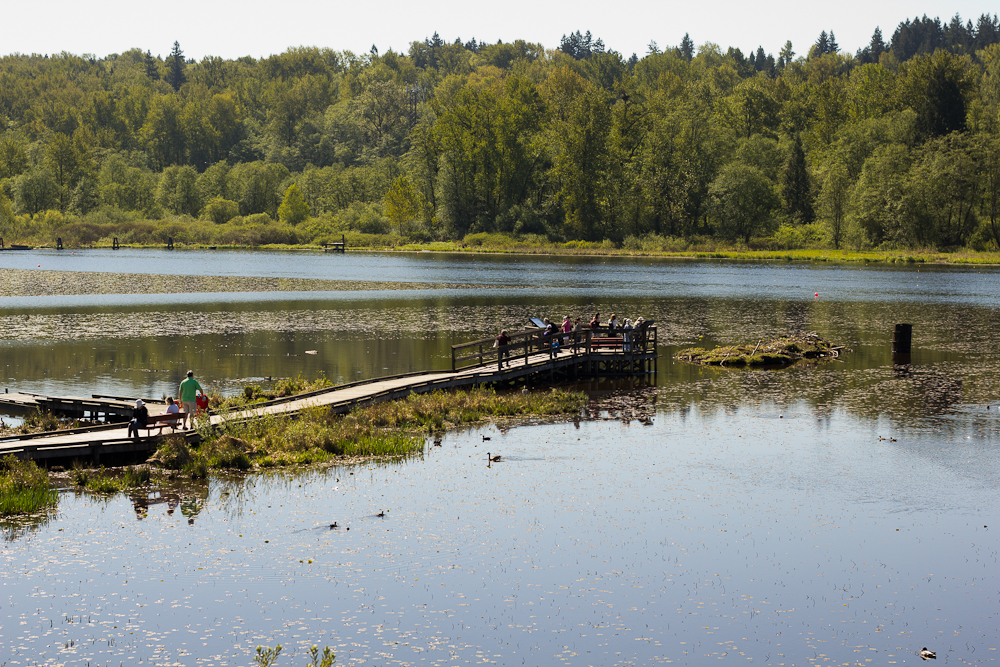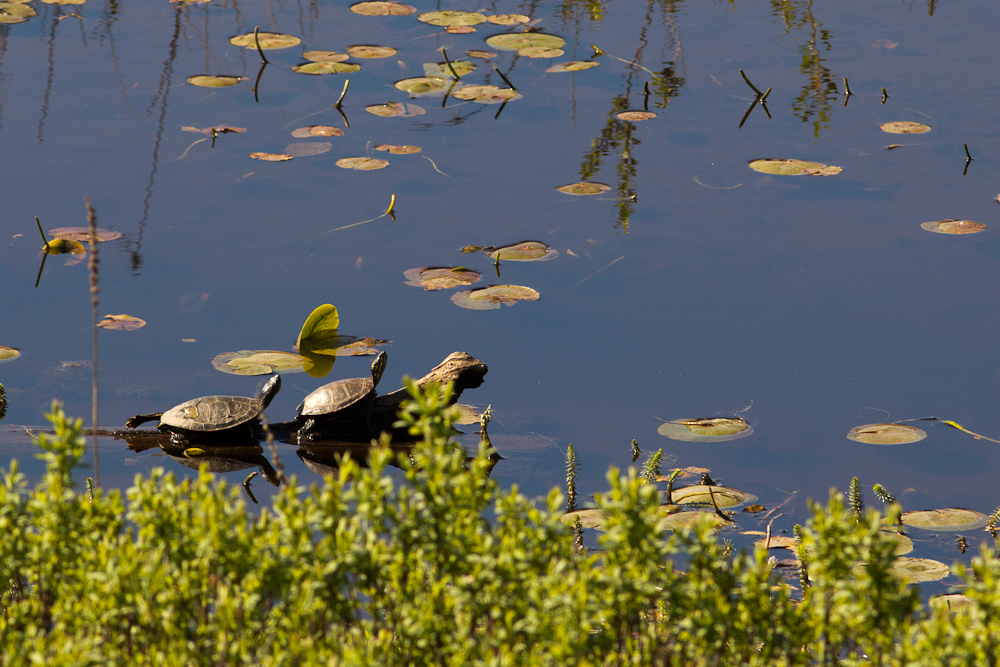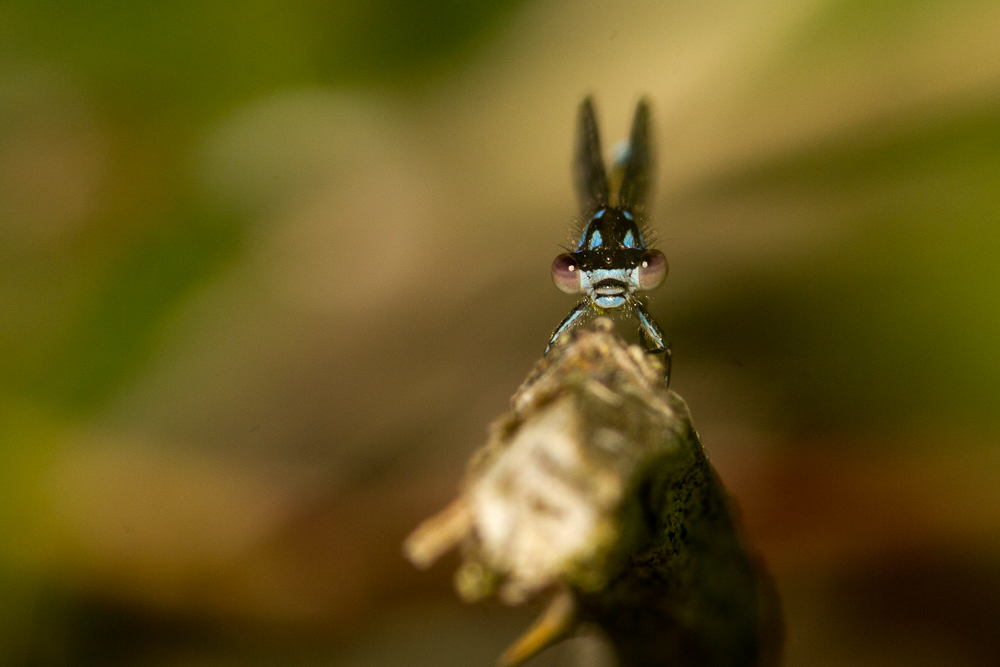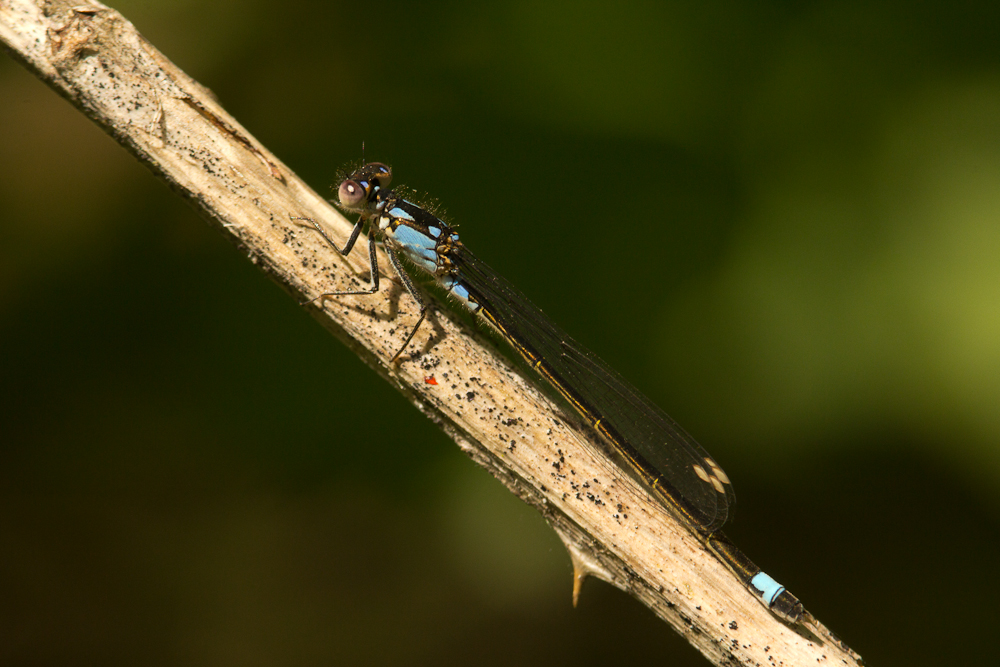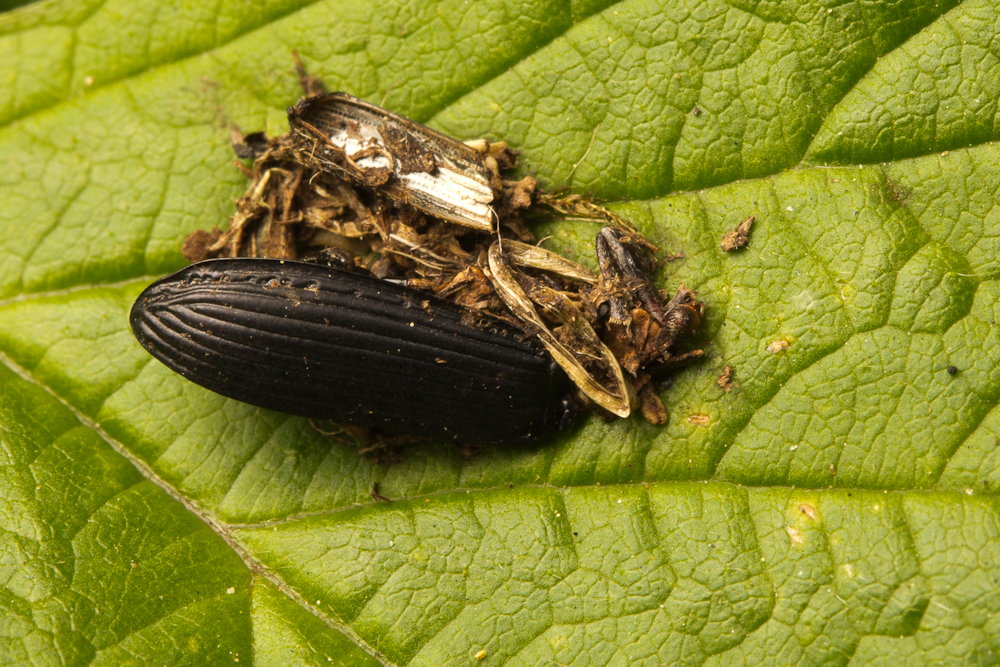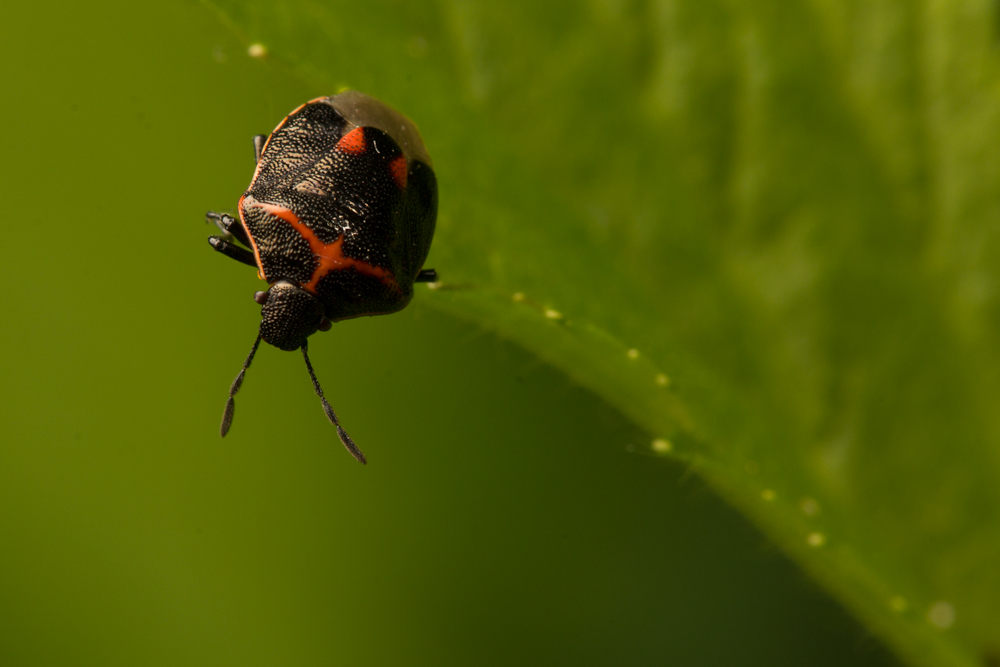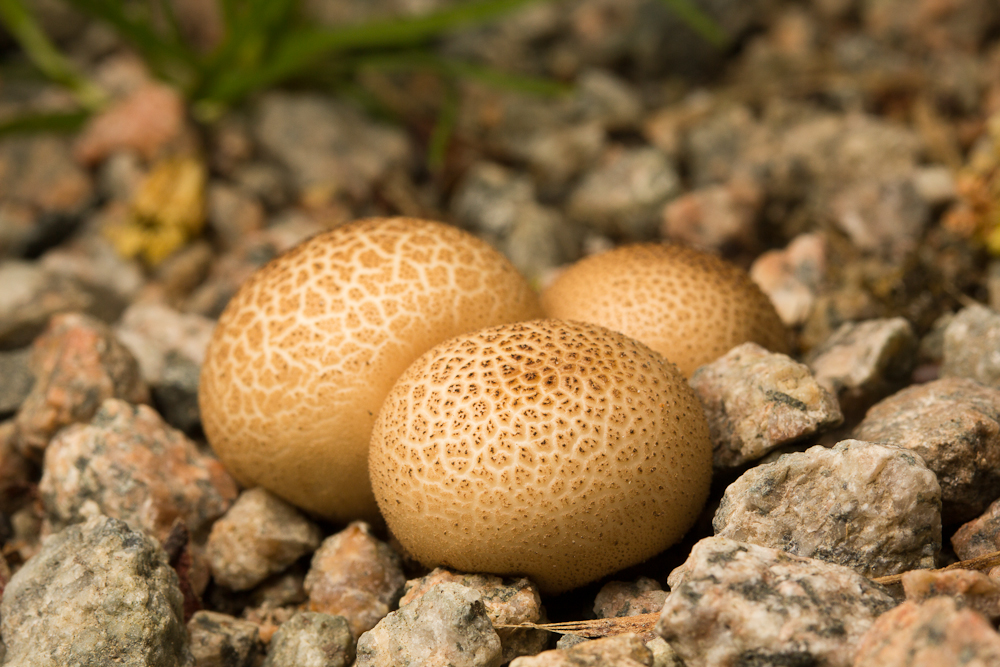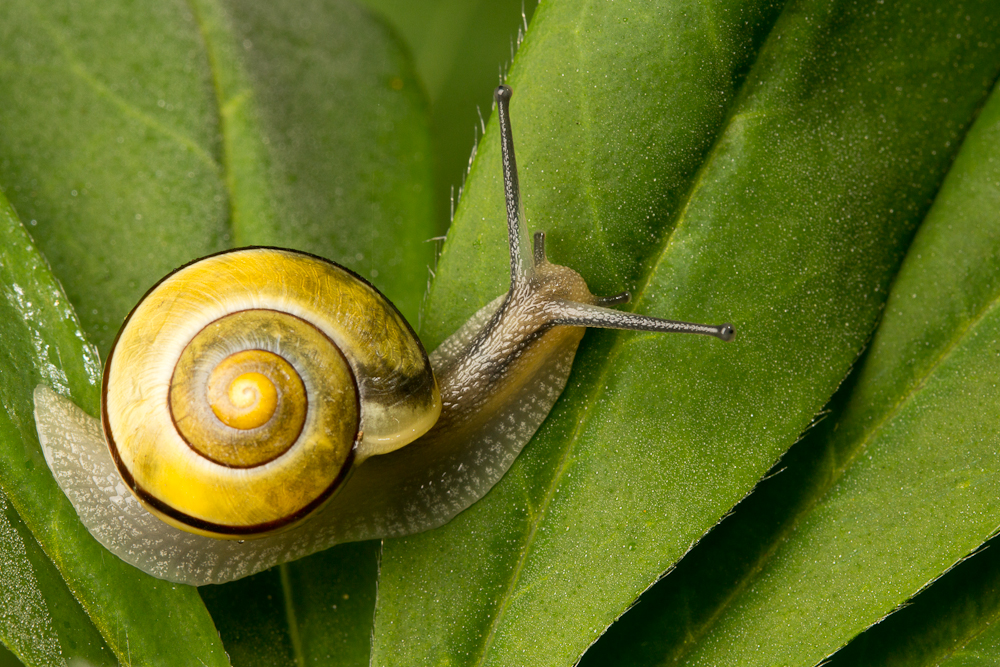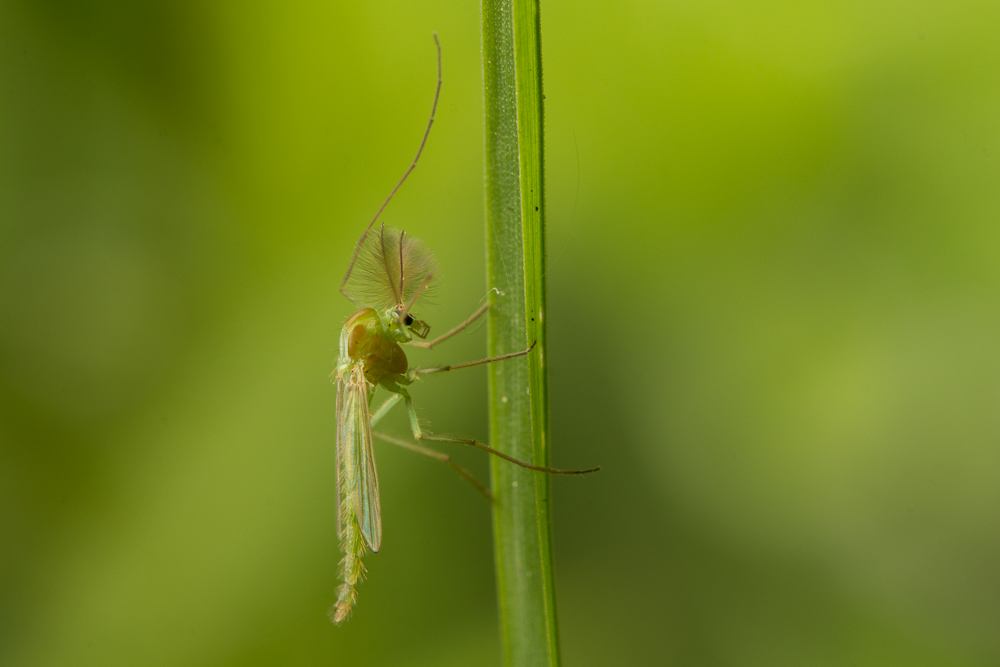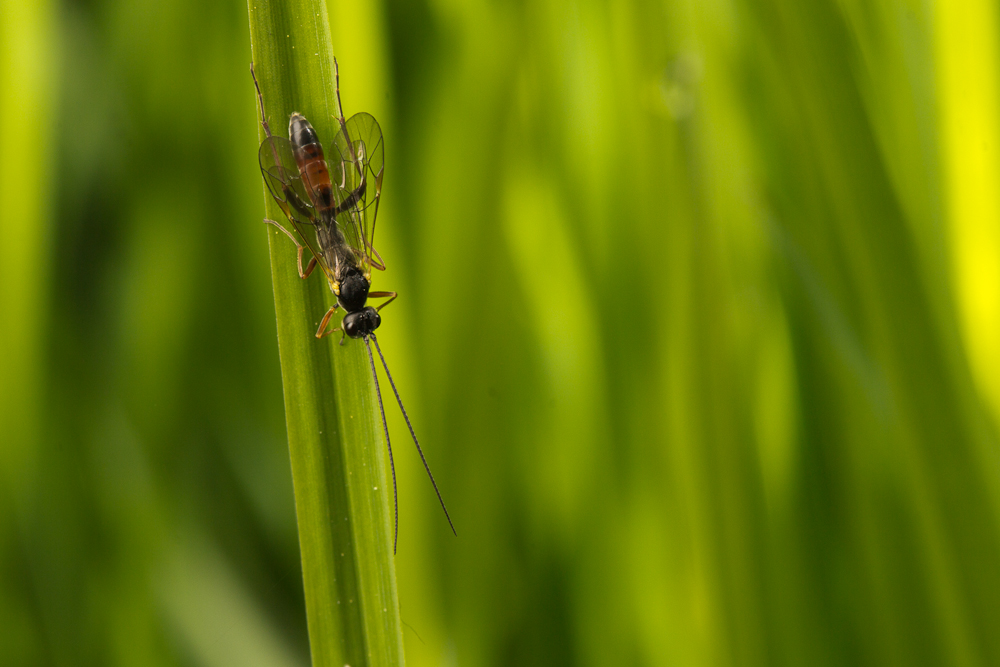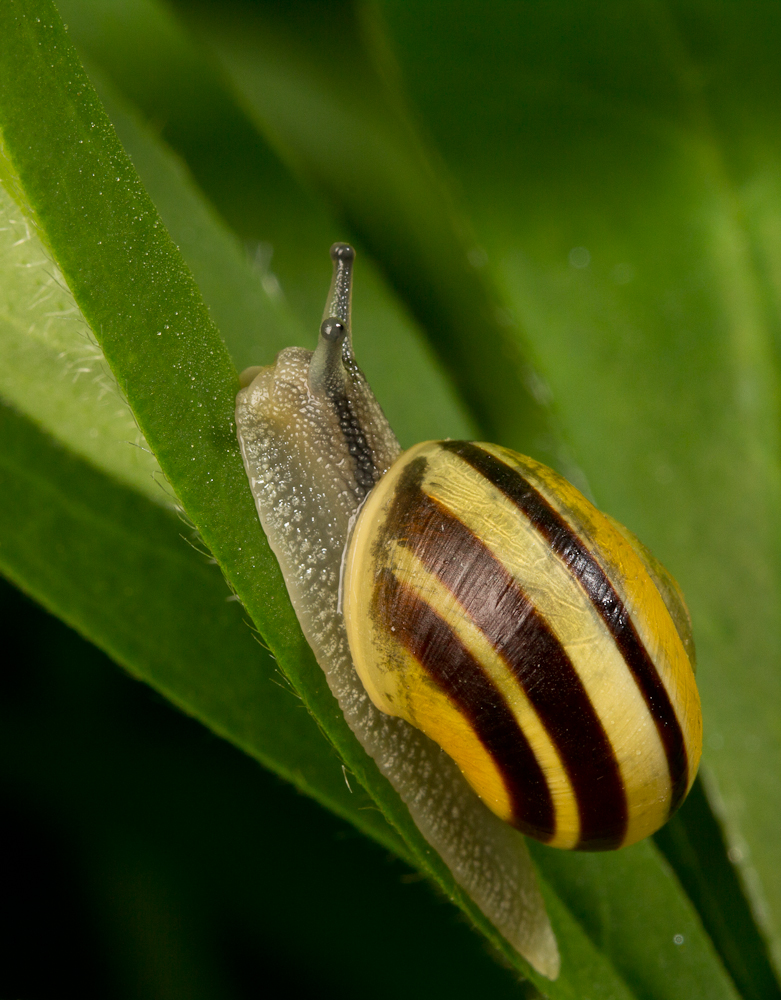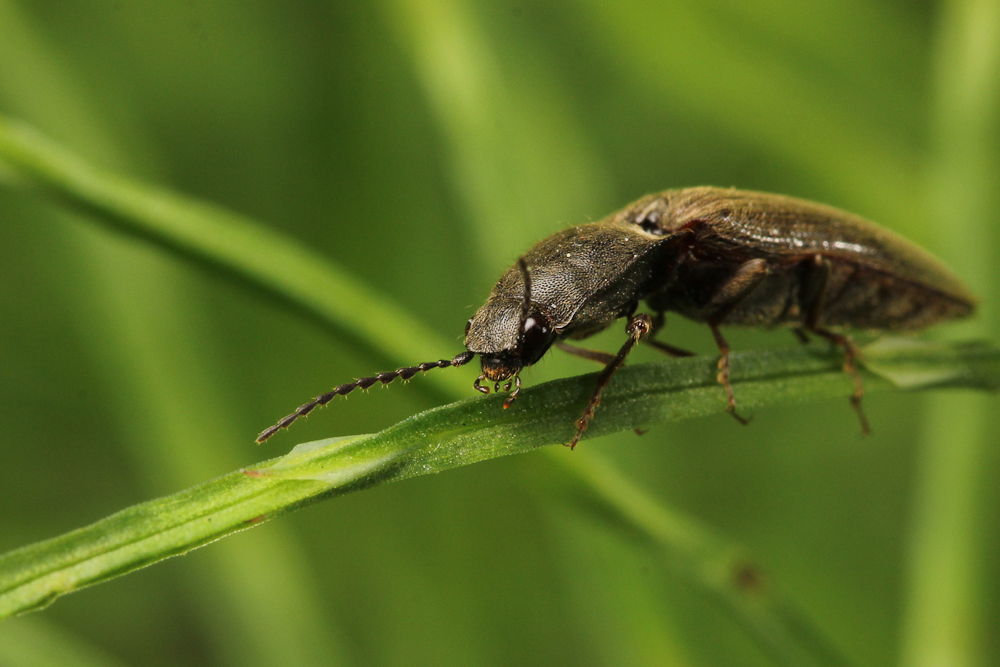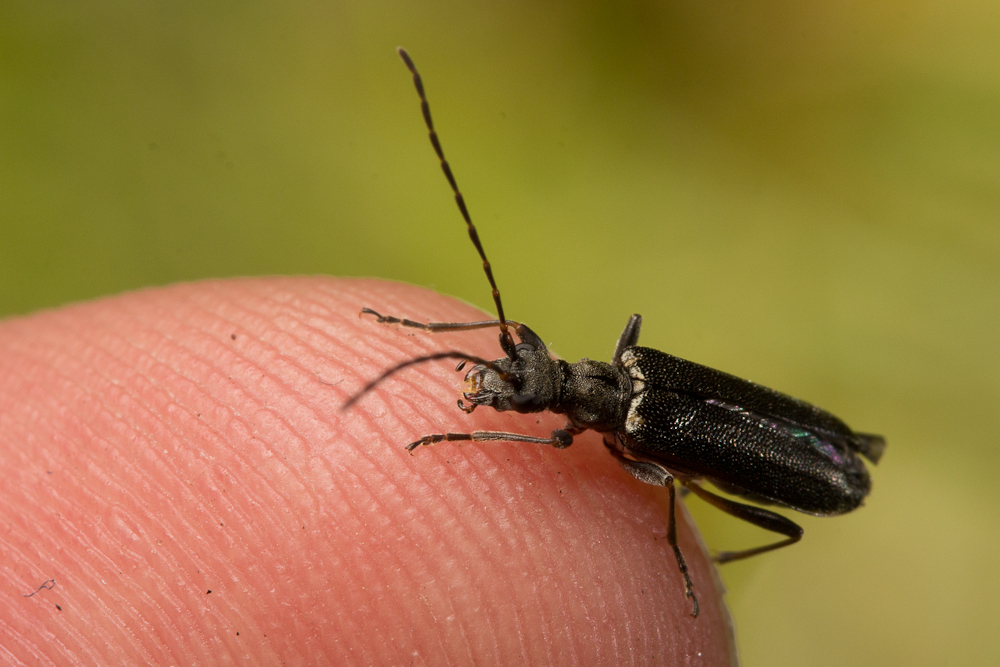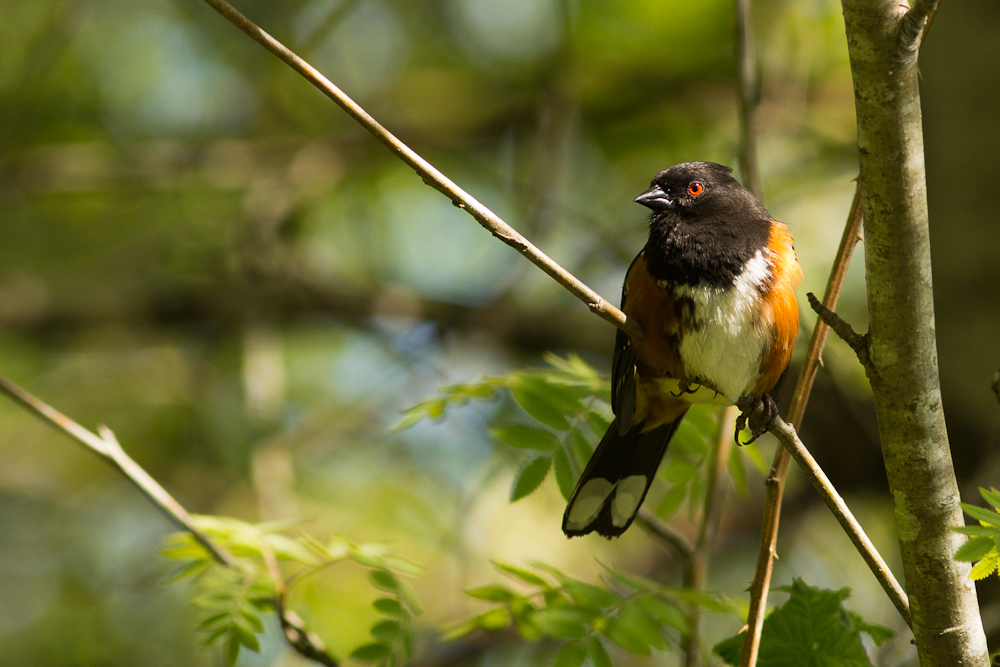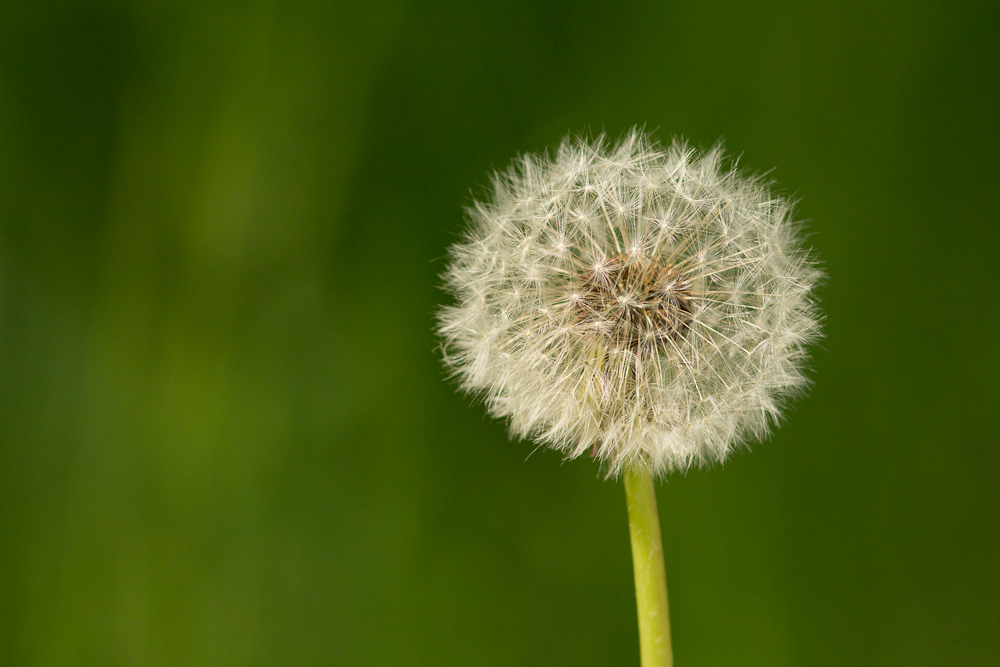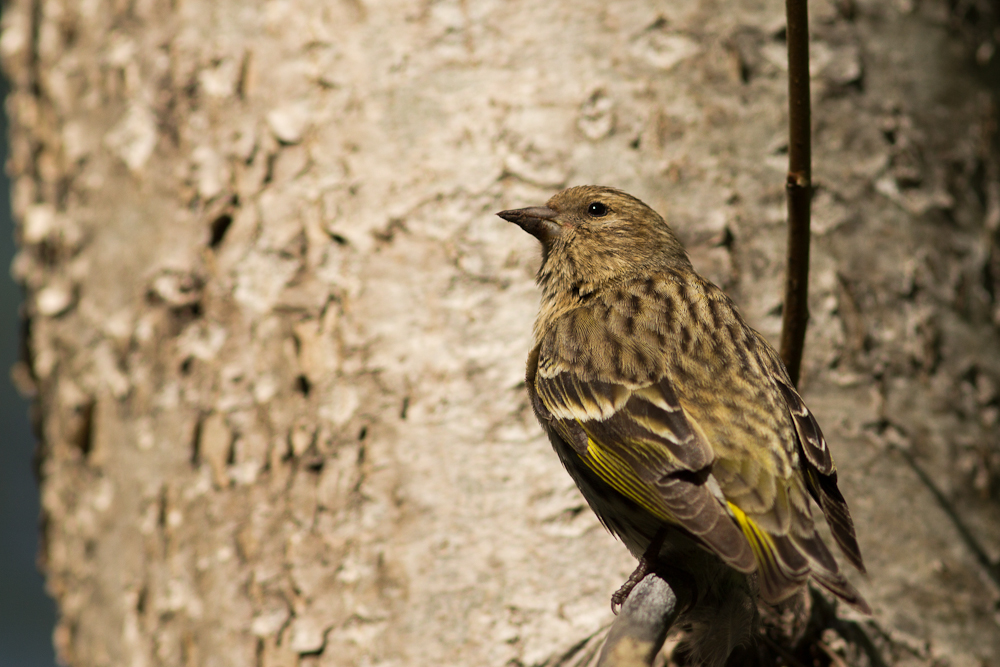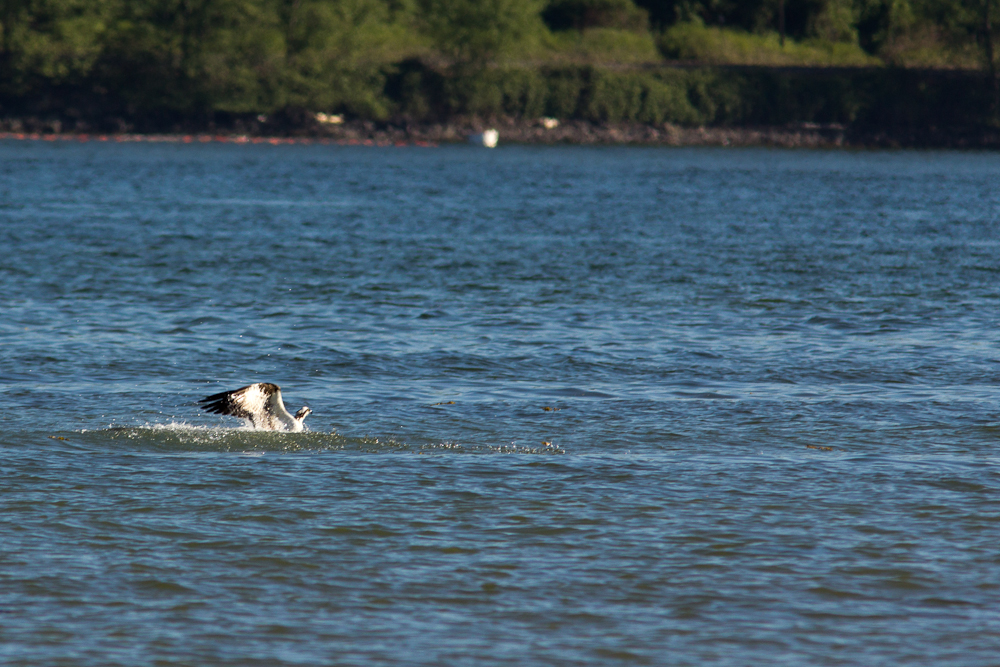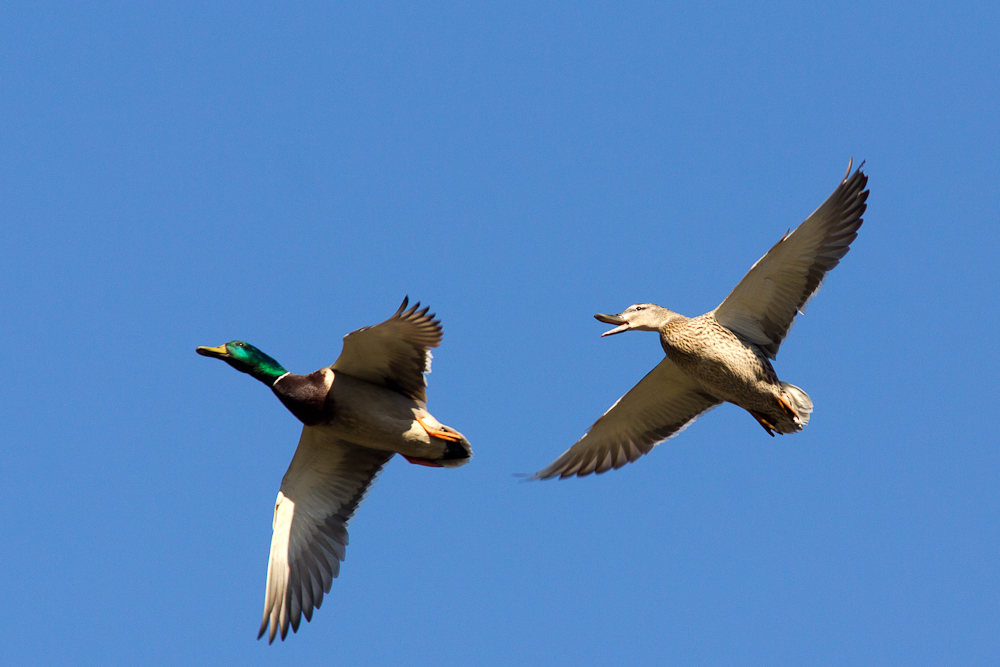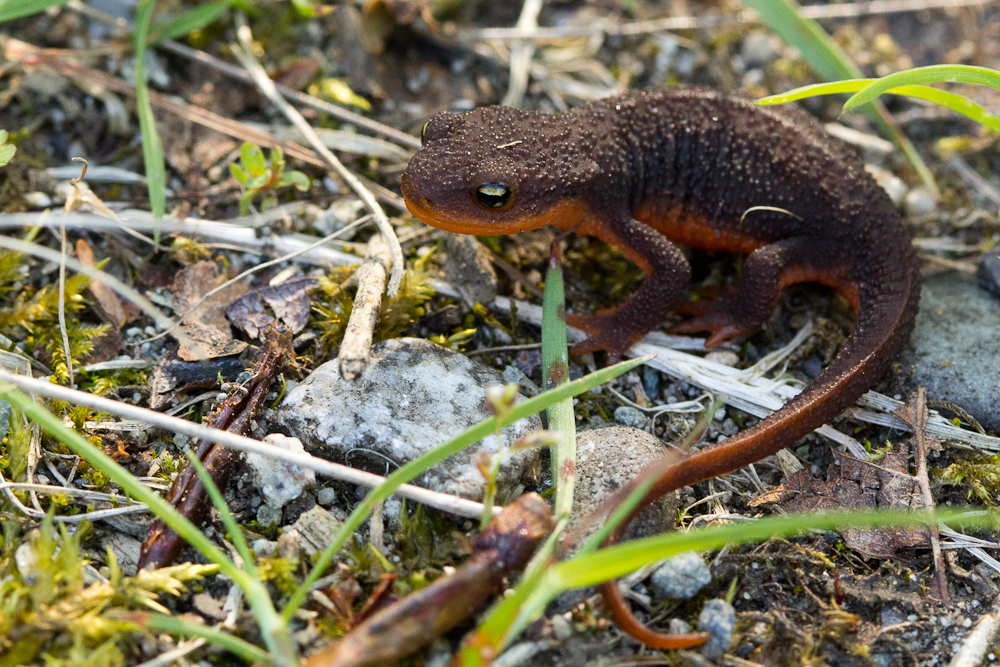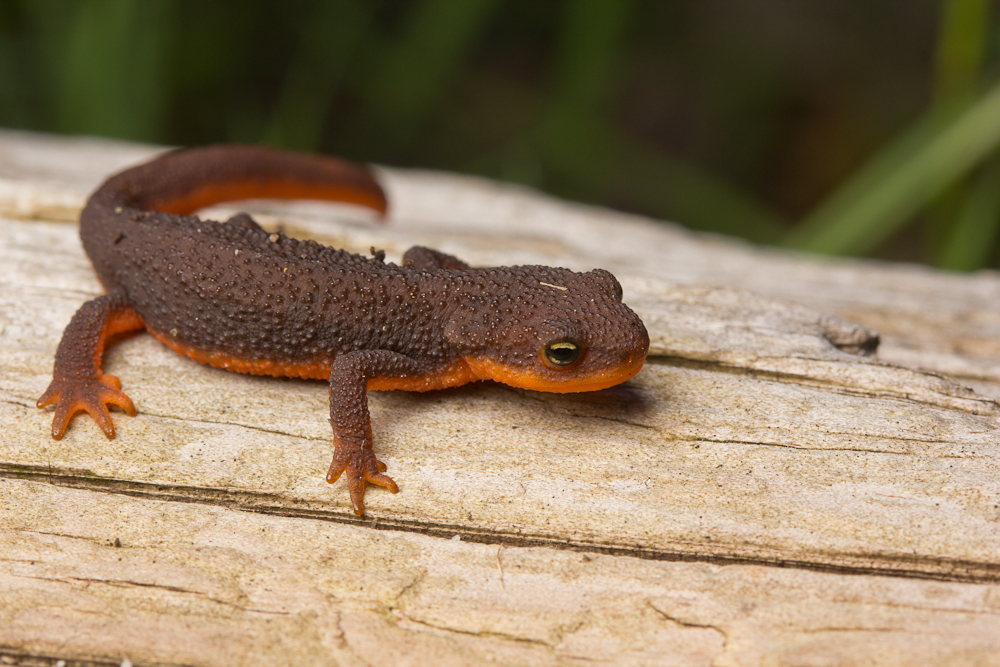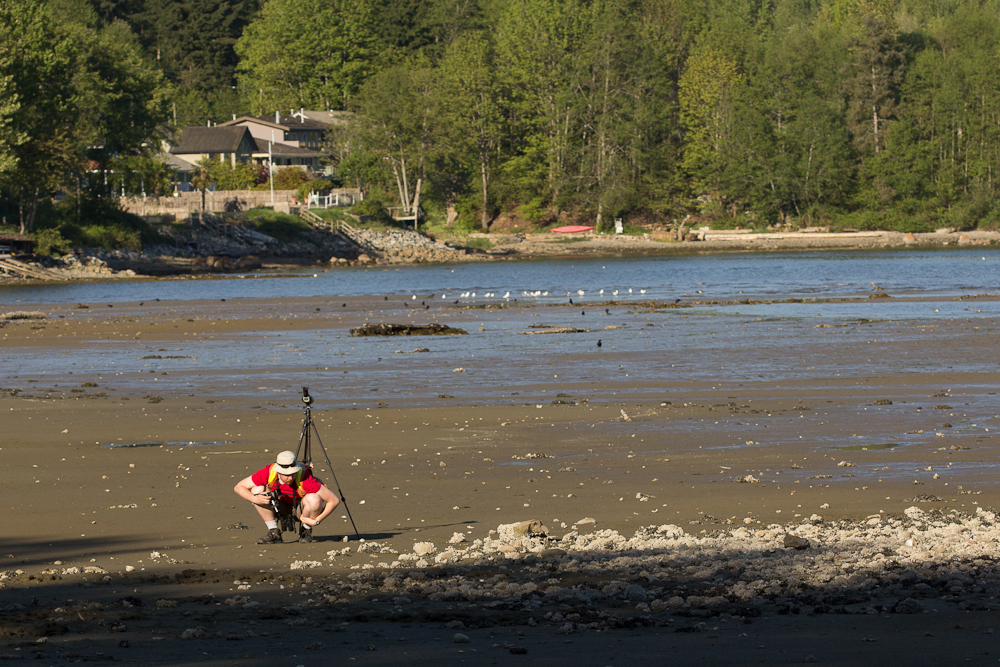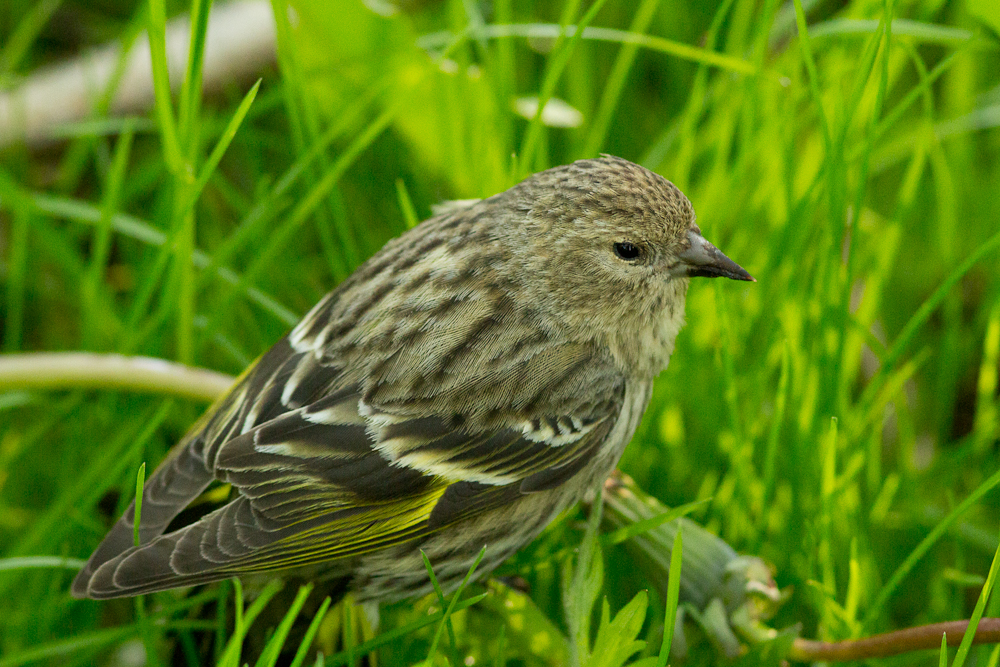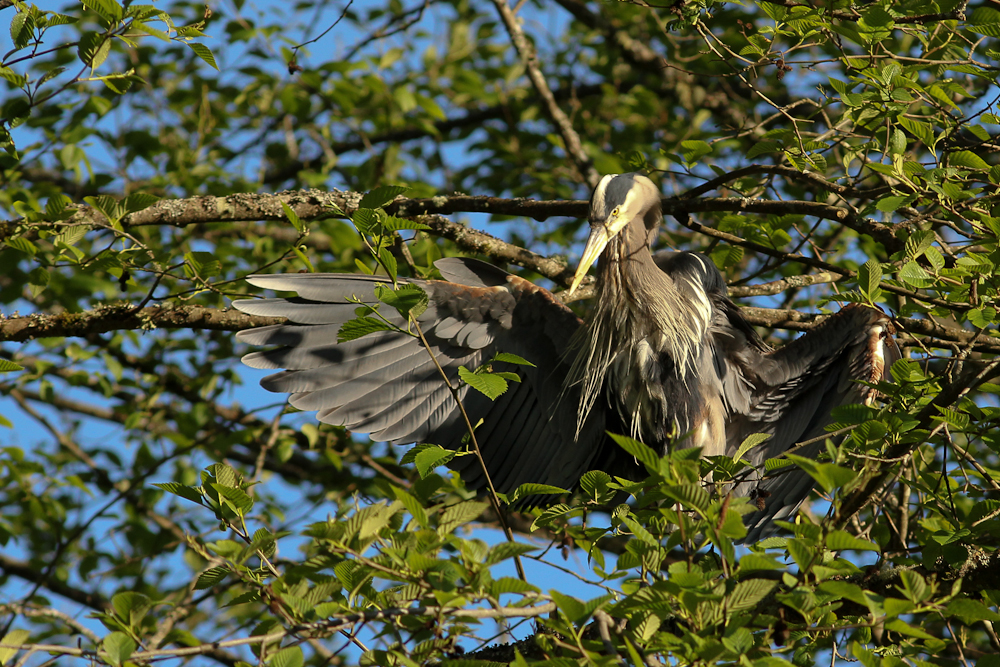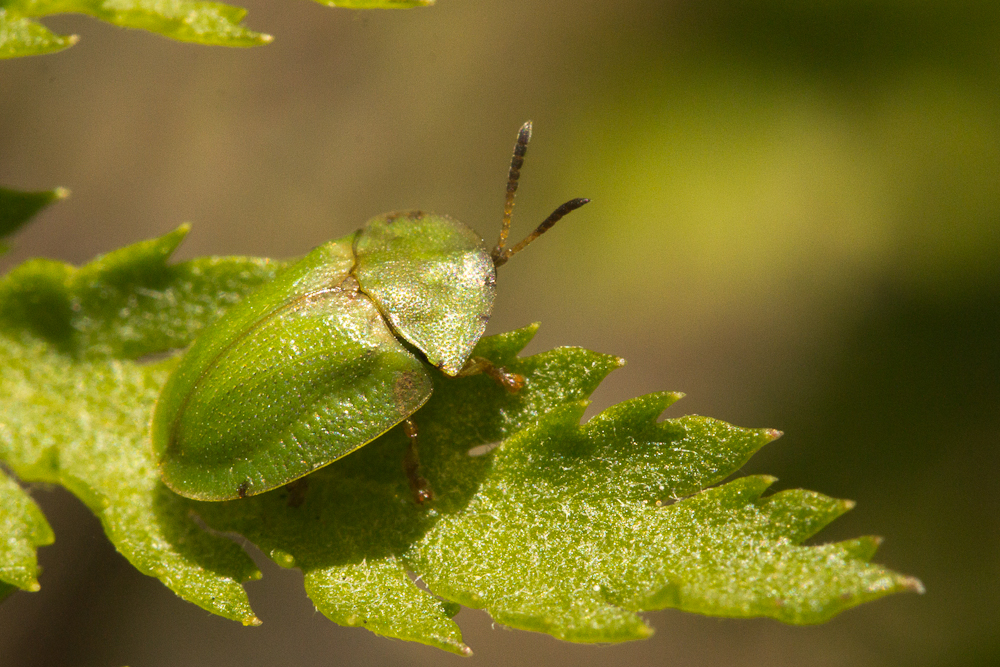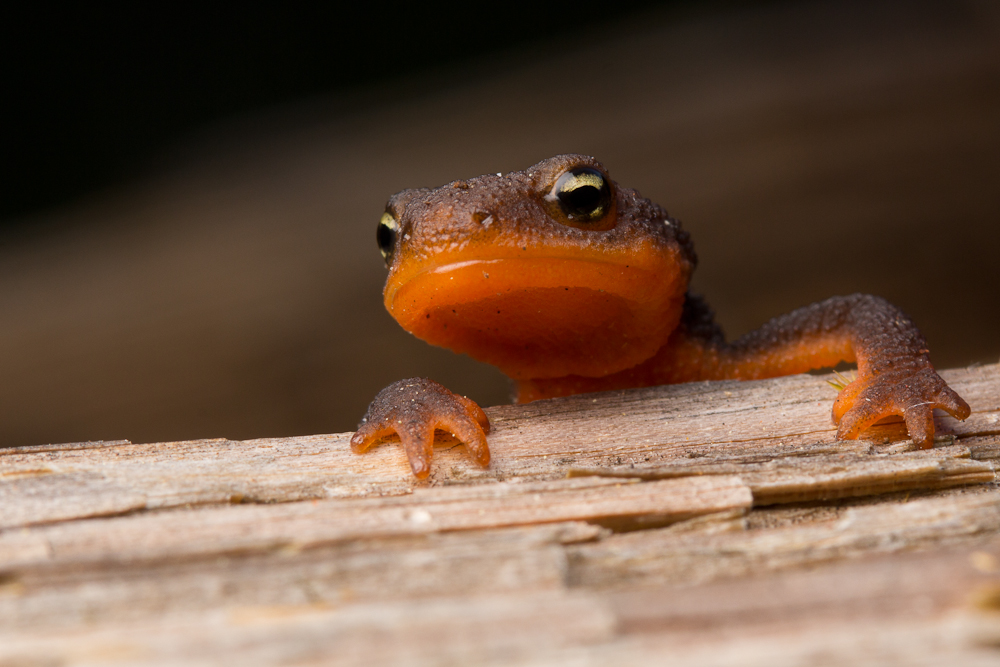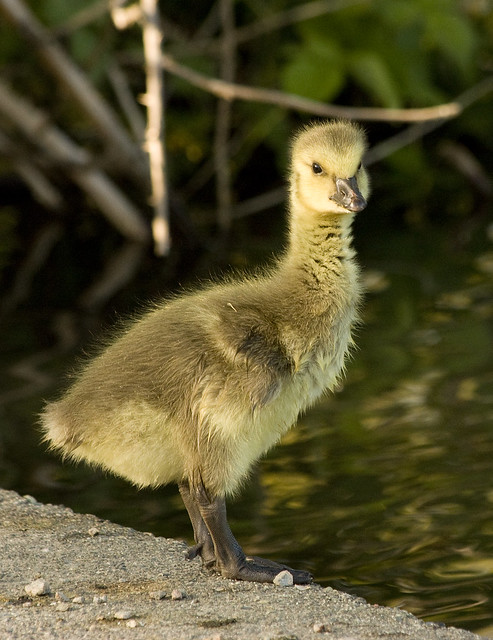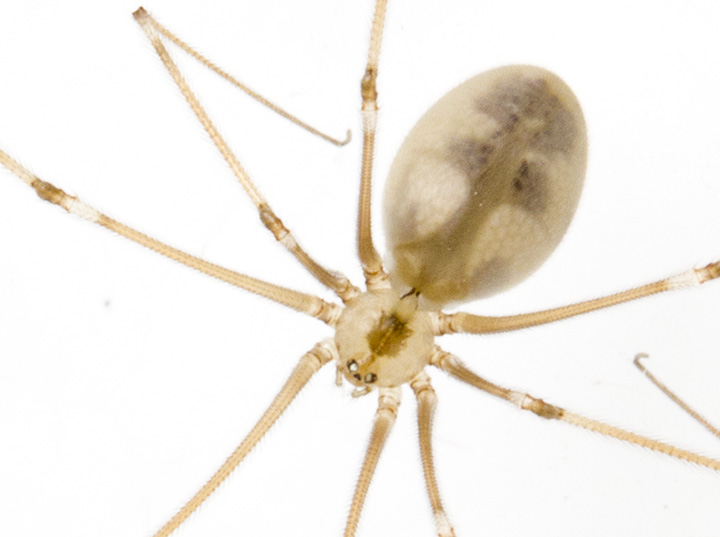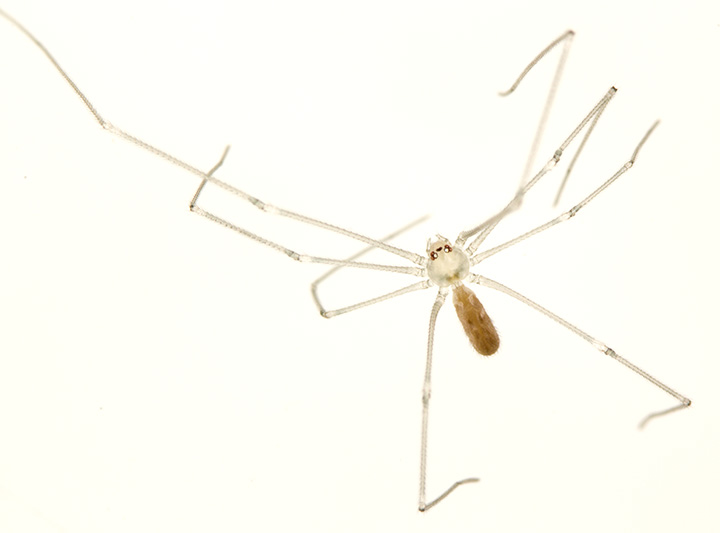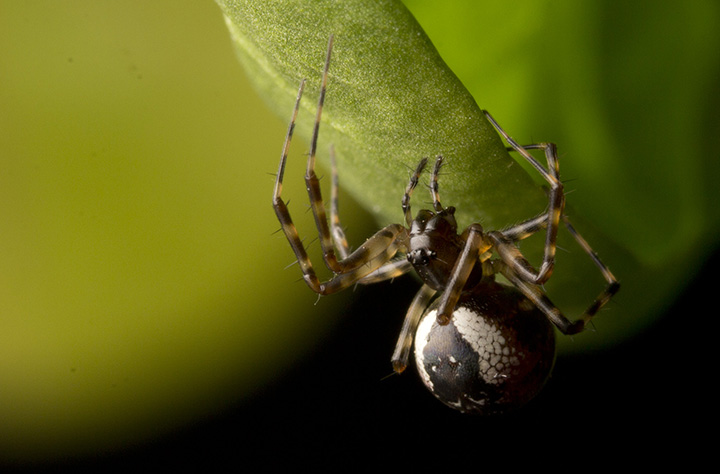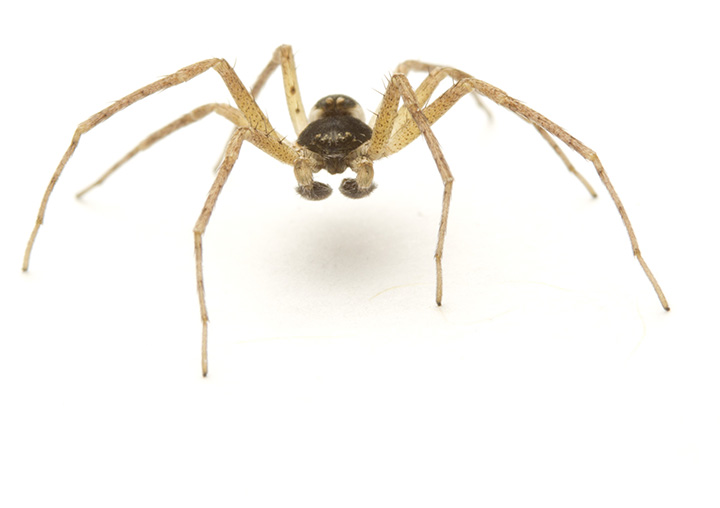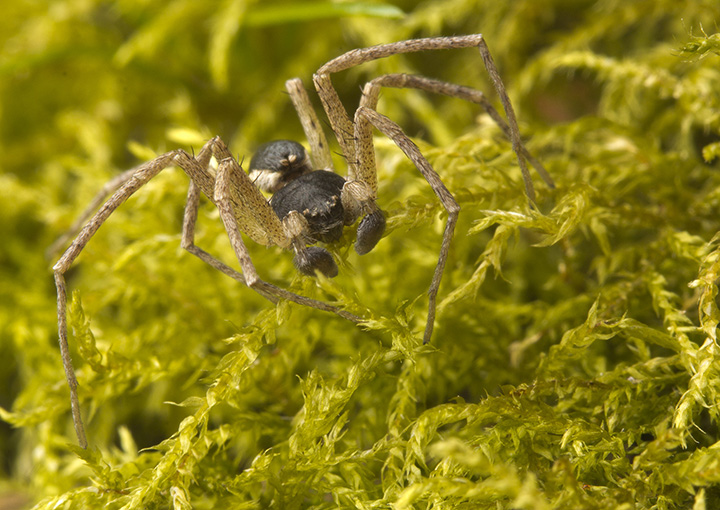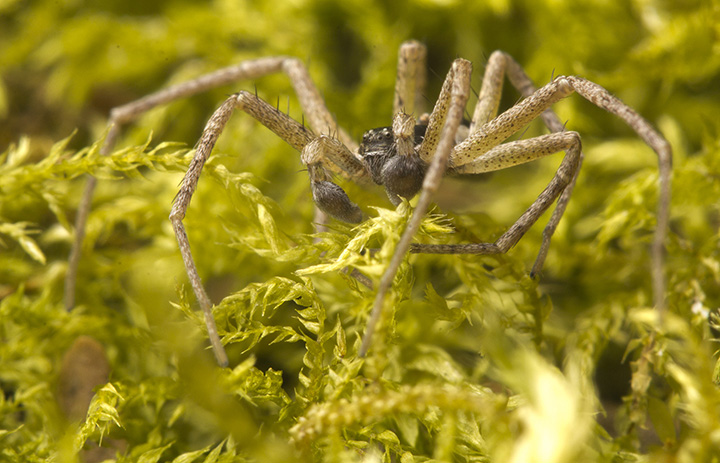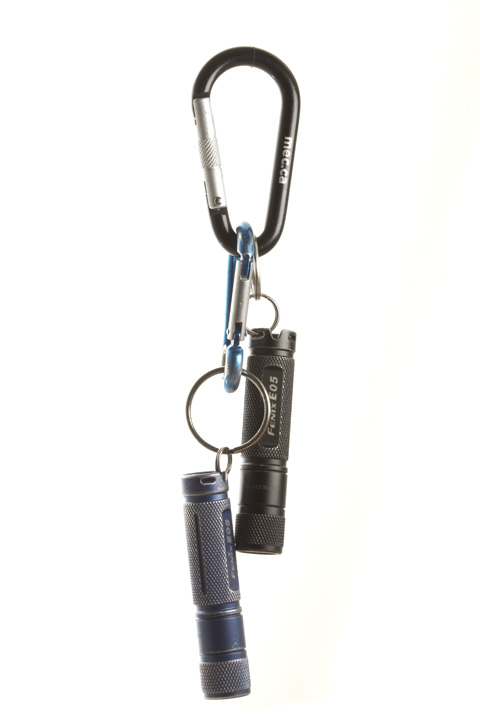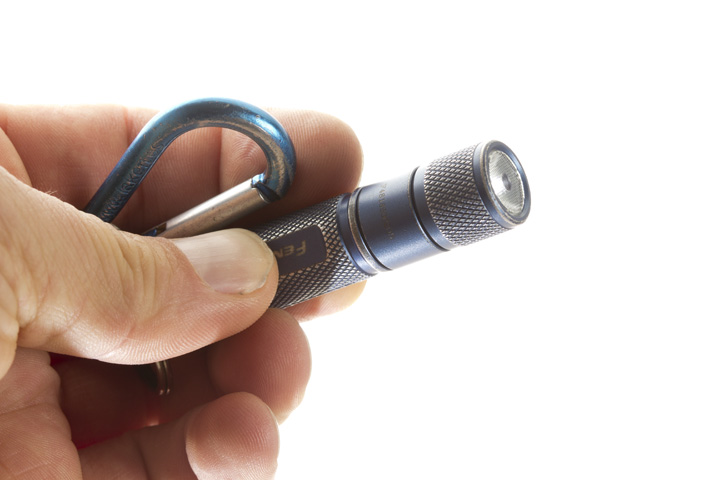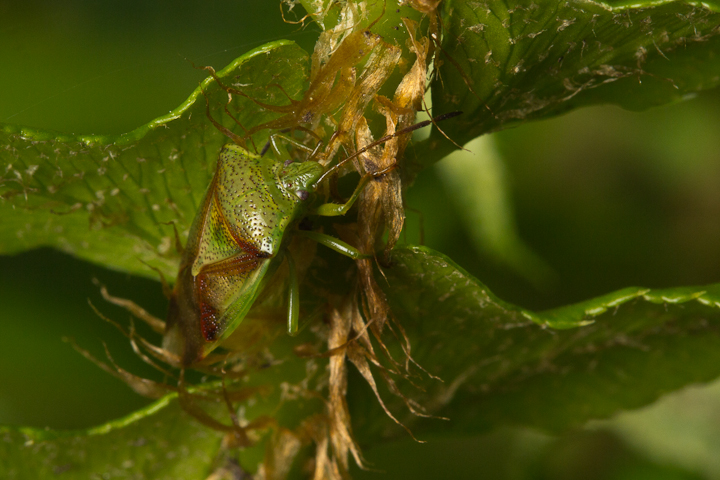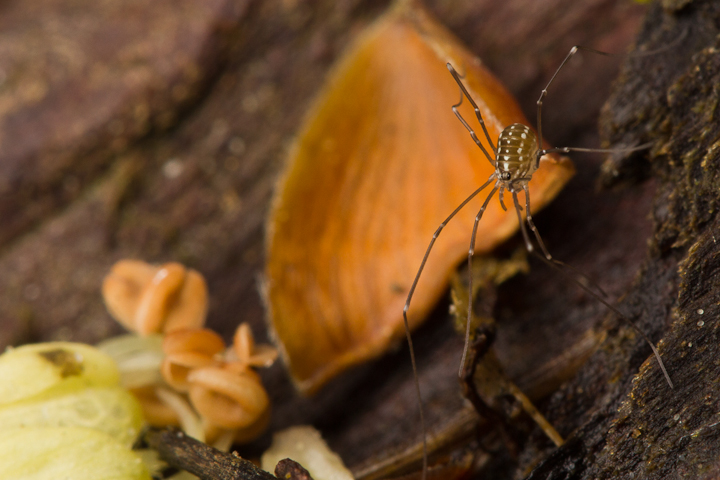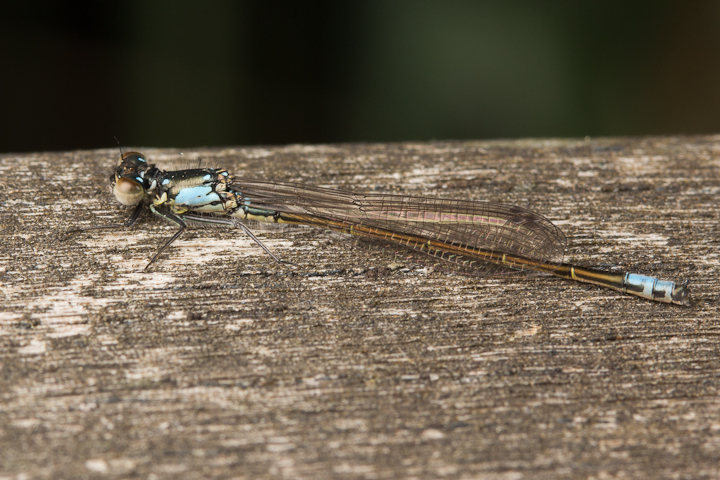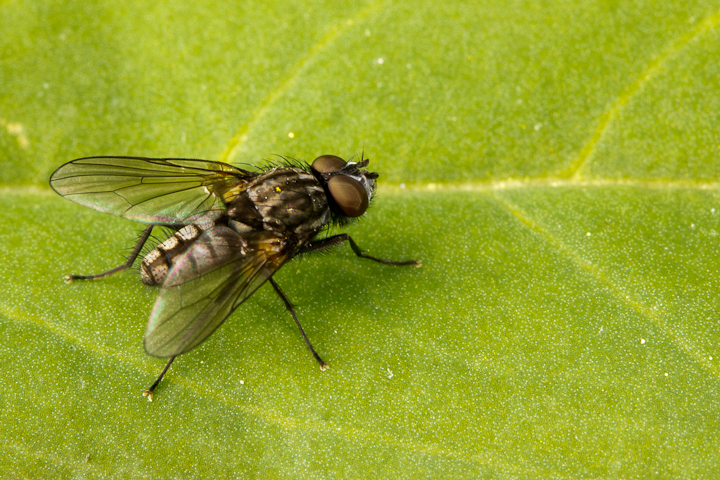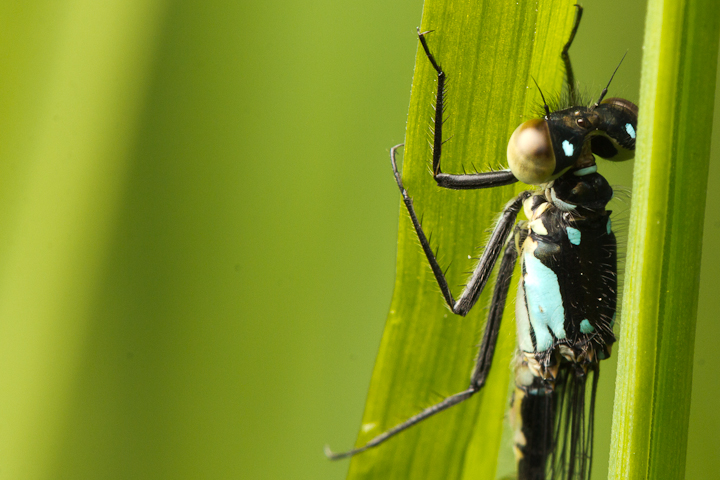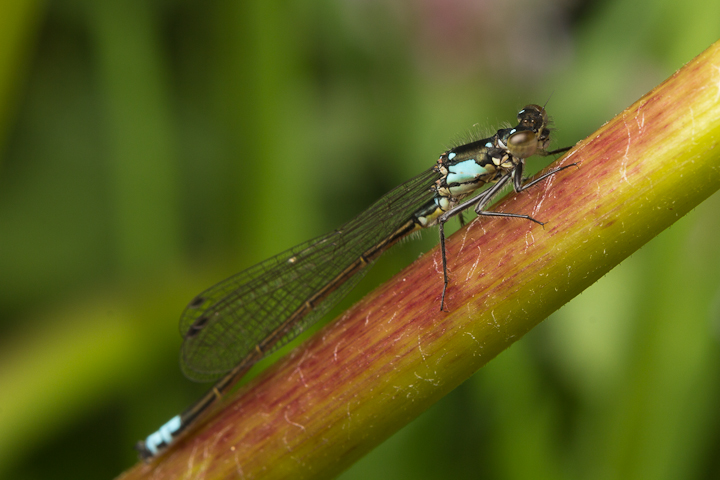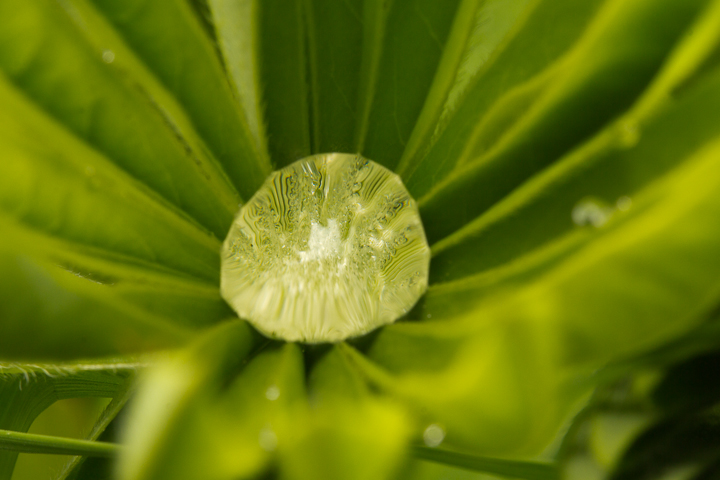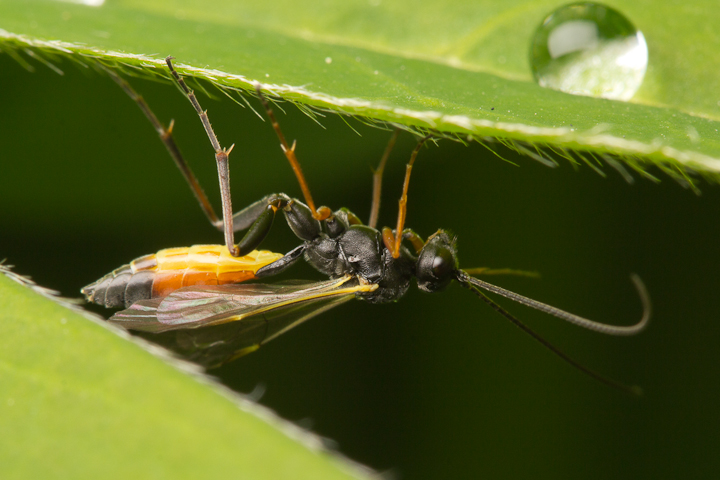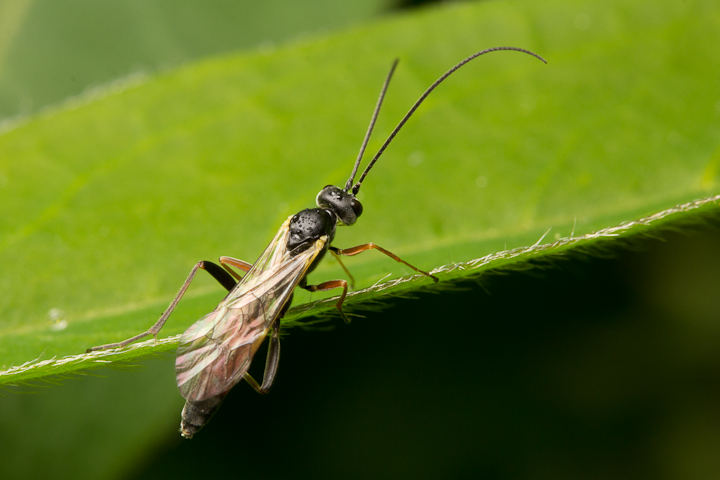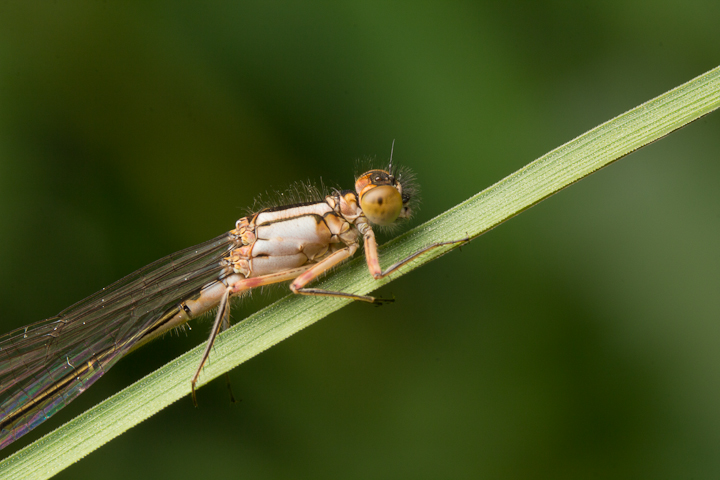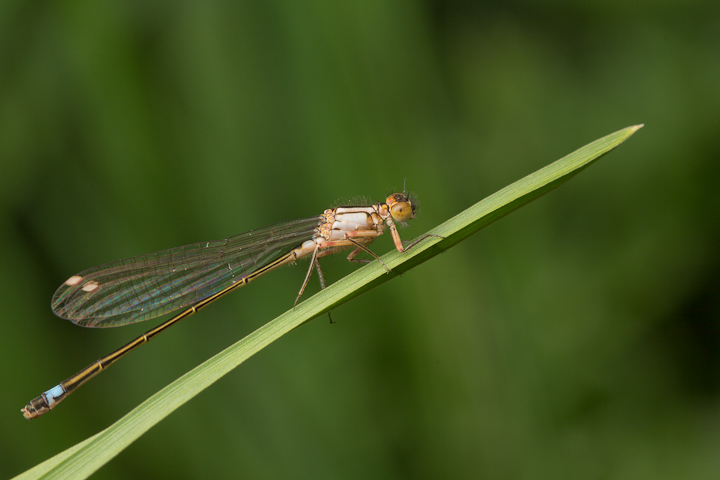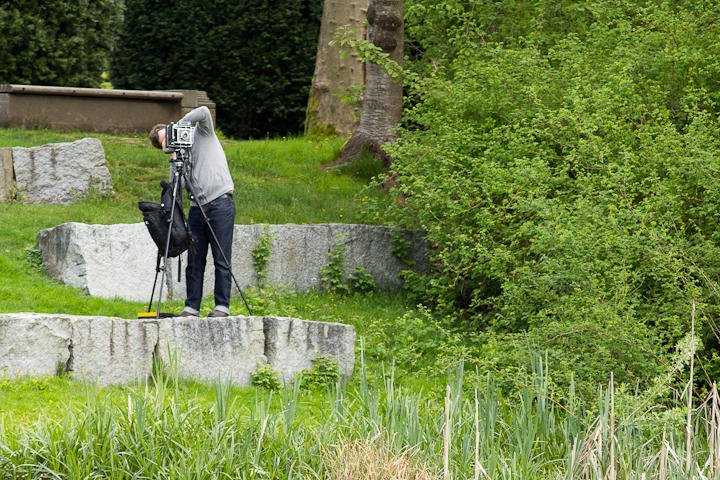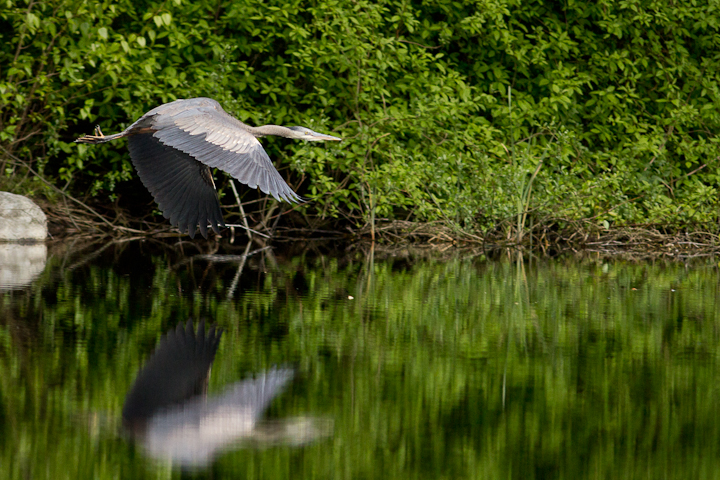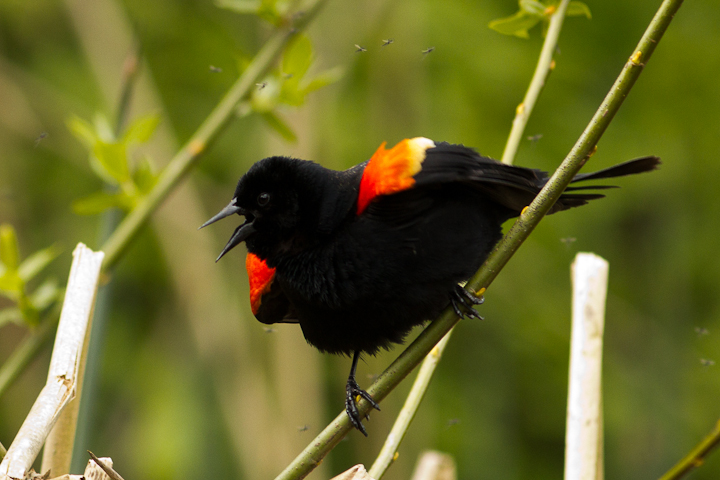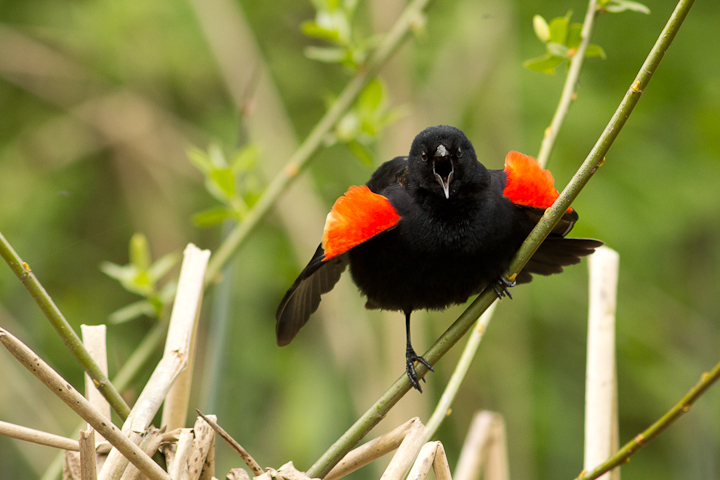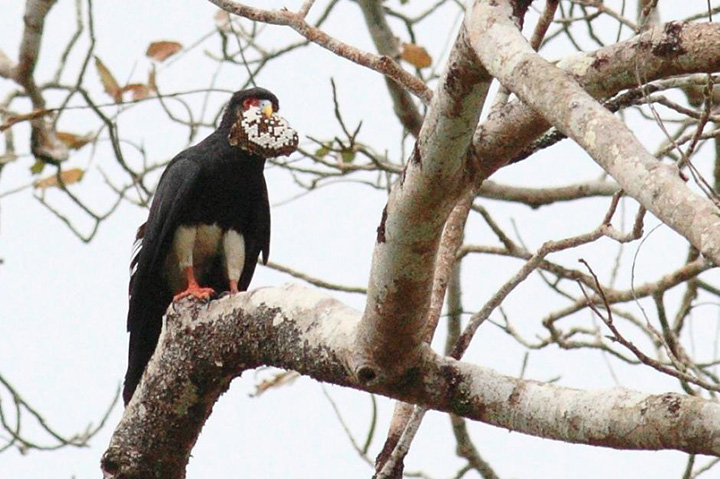
This photo of of a Red-throated Caracara was taken by Manfred Bienert on April 18 near the village of Bijagua, which is just adjacent to of the Reserva Biológica Indio Maíz and close to the Costa Rican border. It shows one individual of a group of six perched high in a tree with a piece of wasp nest (Polybia spp.).
This photo is important documentation of the continued presence of Ibycter americanus in Nicaragua, where they are considered extremely rare, having declined across most of Central America over the past several decades.
Despite the status of the Red-throated Caracara across much of this region, there are no formal conservation plans for these birds as they are not in danger of going globally extinct. In this way, the statistics used by the International Union for Conservation of Nature (IUCN) can be misleading on a regional scale, as when a species is labelled “Least Concern” it misses out the fact that the bird may be disappearing in many countries.

Another caracara in the same group. Photo by Manfred-Bienert
In Mexico, Red-throated Caracaras have been considered extirpated for some time, although it was previously present in Oaxaca, Chiapas [1], and Veracruz [2]. They are listed as critically endangered in the Republic of Costa Rica [3], and “probably extirpated” in Guatemala [4,5]. In Honduras, the species has only recently been rediscovered after being largely extirpated since 1955 [6]. In Panama, they are considered vulnerable.
Factors responsible for these declines have not been identified, although habitat destruction is probably involved. Illegal shooting of birds could also be a factor, as they are likely to have a very slow rate of reproduction and a highly developed cooperative breeding system (we documented a group of 6-7 adults caring for a single chick) [7].
I am glad to see that these impressive wasp-loving birds have not completely disappeared from Nicaragua, and am grateful for people like Manfred Bienert for documenting the wonderful birds of the region.
References
1. Iñigo-Elías E (2000) Caracara comecacao (Daptrius americanus). In: Ceballos G, Márquez-Valdelamar L, editors. Las aves de México en peligro de extinción. Instituto de Ecología, UNAM–CONABIO–Fondo de Cultura Económica. pp. 126–127.
2. Lowery GH, Dalquest WW (1951) Birds from the State of Veracruz, Mexico. University of Kansas Publications, Museum of Natural History. Lawrence, Kansas: University of Kansas Publications. p. 556.
3. AOCR (Comité Científico de la Asociación Ornitológico de Costa Rica) (2005) Lista de Especies de Aves con Poblaciones Reducidas y en Peligro de Extincion para Costa Rica: 1–2.
4. CNAP (Consejo Nacional de Áreas Protegidas de Guatemala) (2009) Lista de Especies Amenezadas de Guatemala: 83. Available: http://www.conap.gob.gt/Members/admin/documentos/documentos-centro-de-documentacion/lo-nuevo/Lista de especies amenazadas de Gutemala -LEA.pdf/at_download/file.
5. Dickerman RW (2007) Birds of the Southern Pacific Lowlands of Guatemala With a Review of Icterus gularis.
6. Narish AJ., Jenner T (2004) Notes on the Red-throated Caracara, Ibycter americanus in Honduras. Cotinga 22: 100.
7. McCann S, Moeri O, Jones T, Donnell SO, Gries G, et al. (2010) Nesting and Nest-Provisioning of the Red-throated Caracara (Ibycter americanus) in Central French Guiana. Journal of Raptor Research 44: 236–240. Available: http://dx.doi.org/10.3356/JRR-09-75.1.

